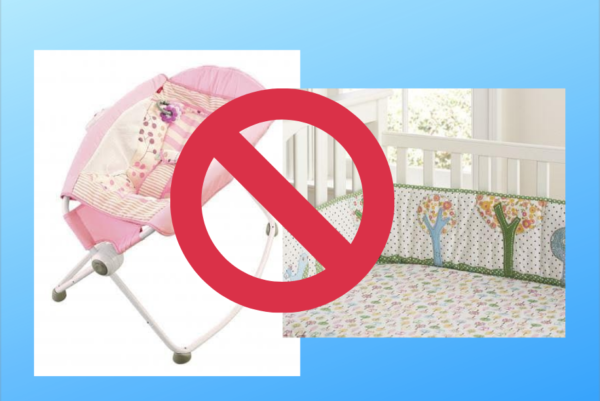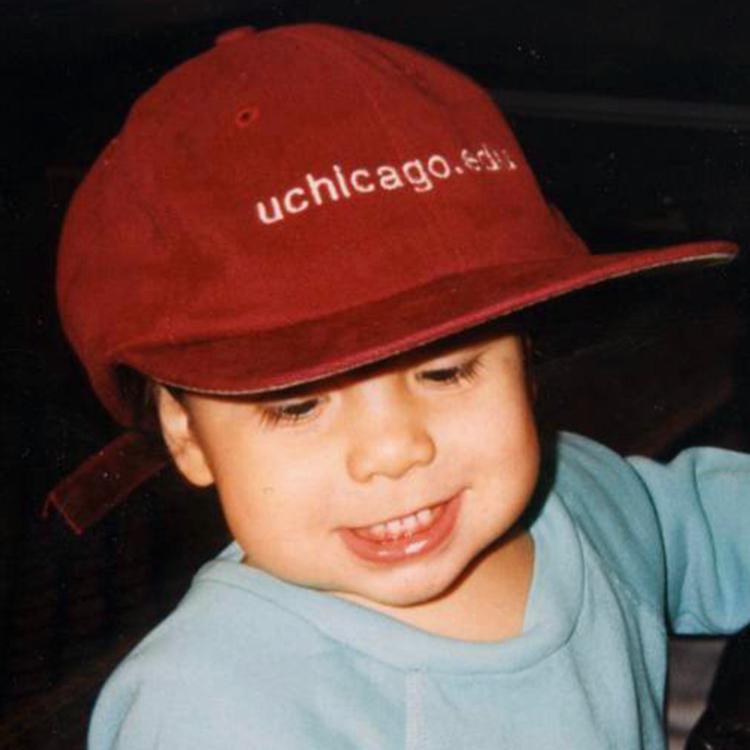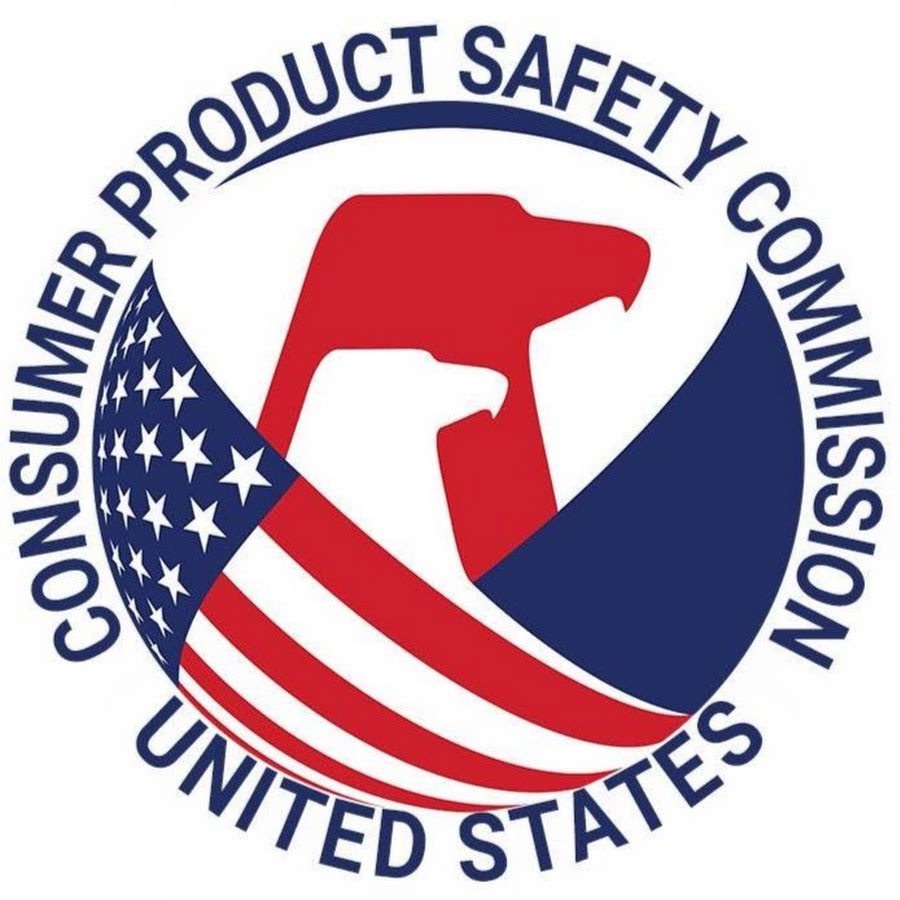 On December 16, 2019, the Safe Sleep for Babies Act of 2019 passed the U.S. House in a bipartisan vote. If enacted, this Act would ban infant inclined sleep products and padded crib bumper pads which have led to dozens of infant deaths.
On December 16, 2019, the Safe Sleep for Babies Act of 2019 passed the U.S. House in a bipartisan vote. If enacted, this Act would ban infant inclined sleep products and padded crib bumper pads which have led to dozens of infant deaths.
To ensure a true understanding of safe sleep we point parents and caregivers to the current American Academy of Pediatrics (AAP) principles on safe sleep. We strongly encourage parents and caregivers to follow the ABC’s of safe sleep:
A: Babies are safest sleeping alone on their own separate sleep surface. The AAP does not recommend bed sharing for any baby, or any other products in the crib such as pillows, blankets, toys, or bumper pads.
B: Babies are safest sleeping on their back and on a firm surface. The AAP recommends putting babies to sleep on their back until their first birthday.
C: Babies sleep safest in a crib, play yard or bassinet that meets CPSC federal safety regulations. Also read about play yard safety regulations.
When the news of the Safe Sleep for Babies Act of 2019 was shared via KID’s Facebook page, the responses we received were overwhelming. While many people took the opportunity to learn and share the news about safety regulations that will help protect infants and families from tragic deaths, some people questioned the validity and necessity of such regulations. We would like to address some of the most common questions and comments that we received. It is our intention that this information serves to empower parents and caregivers by allowing them to make choices regarding the safety of their children rather than spark a renewed debate.
Comment: These products are safe when used correctly – it is parents misusing them that leads to the deaths.
Response: The reason why infant inclined sleepers should be banned is because they are inherently unsafe. In a recent independent study conducted by Dr. Erin Mannen, Ph.D., and commissioned by the CPSC, none of the inclined sleep products that were tested and thoroughly evaluated as a part of the study were medically safe for an infant to sleep in. The study found that inclined sleep products at an angle higher that 10 degrees are not safe. Read the report and the findings of the study beginning on page 91 of the CPSC staff Commission Briefing Package. This report led to the CPSC to issue a proposed rule that would ban infant inclined sleep products.
Comment: I used them with my child and she is fine.
Response: KID encourages those who used inclined sleepers and were lucky enough that their children were not harmed to read the heartbreaking stories of families who weren’t so lucky. Ezra was only 5 months old when he was killed in his Fisher-Price Rock n’ Play despite his parents using it as intended by the manufacturer. The only way to ensure that no more children face the same tragic fate is to eliminate them from the market completely. Not every or even most children using a dangerous product will be harmed – but each one has the chance to be hurt – a chance no parent wants to take.
Comment: My baby has a hard time sleeping; I’ll try anything that works to get them to sleep!
Response: KID understands the frustration of getting young children to sleep. However, the answer is not to use a product that was released without being adequately tested for safety. Only products that have been thoroughly tested to a strong standard for safe sleep should be used. This includes cribs, play yards, and bassinets that meet the federal standard. Each of these products has a strong federal safety standard that each must meet before it can be sold. Have questions about a particular product or new idea for infant sleep? Please refer to KID’s Safe Sleep Checklist. All safe sleep information shared through KID aligns with the safe sleep message of the American Academy of Pediatrics statement on safe sleep.
Comment: How do I protect my baby from getting stuck and bumping into the side of their crib without bumper pads?
Response: While cribs today currently meet the toughest safety standards to help combat crib related injuries, we understand your desire to help keep your babies’ arms and legs inside the crib. However, by using a padded crib bumper pad, parents and caregivers introduce strangulation and suffocation hazards, especially for young infants. We recommend wearable blankets which don’t allow children to get their legs stuck in a crib and are a great alternative to blankets during the winter months. Most babies quickly learn to get their arms and legs back in safely. A bruise or other minor injury can be treated – suffocation cannot. Aiden was 6 months old when he suffocated after rolling into his padded crib bumper.
There are dozens of stories out there like Ezra’s and Aiden’s caused by unsafe children’s products on the market. Also, we want to remind our followers that we welcome discussion but be mindful that parents who have lost children read these posts too and kindness is always appreciated.



1 Comment
Home Now
Shocked it took this long. Nevertheless, very happy. Do you mind if we share this?